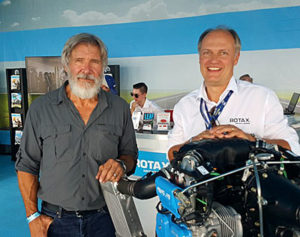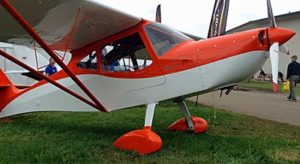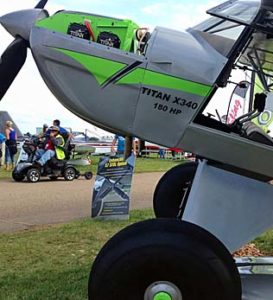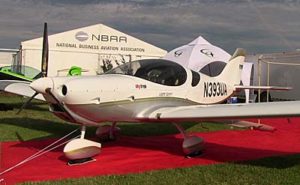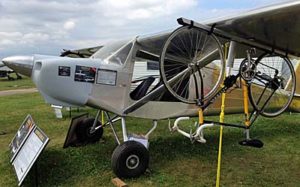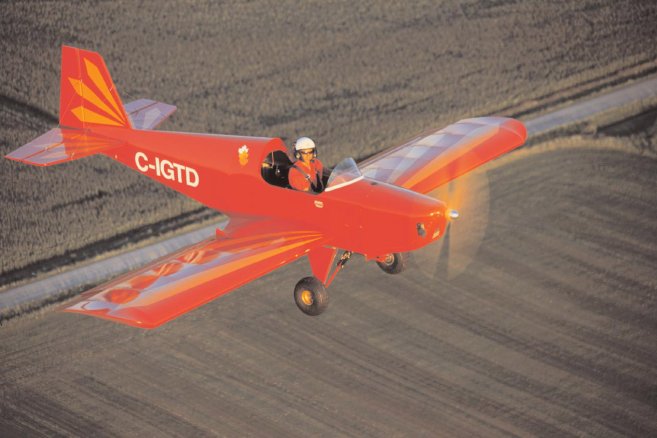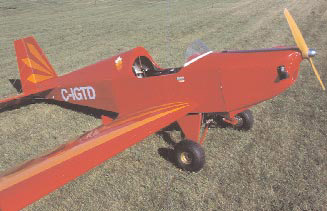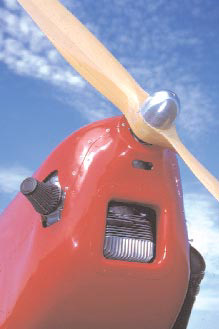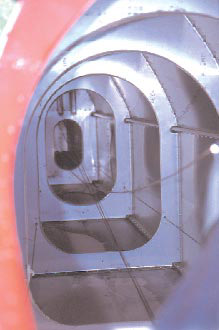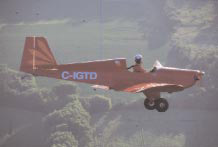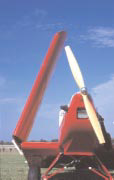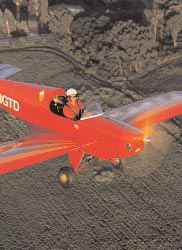
You know the name Murphy Aircraft, from models such as their biplane Renegade or their all-metal Rebel. The Canadian company has built many variations on the theme over the years but they pulled away from the U.S. market when the Canadian dollar rose against the U.S. dollar, making their airplanes seem too expensive for Yankees. Now, they are back with their new Radical but also the other popular designs. In this video Dan interviews Darryl Murphy, the brains and boss behind this successful company.


